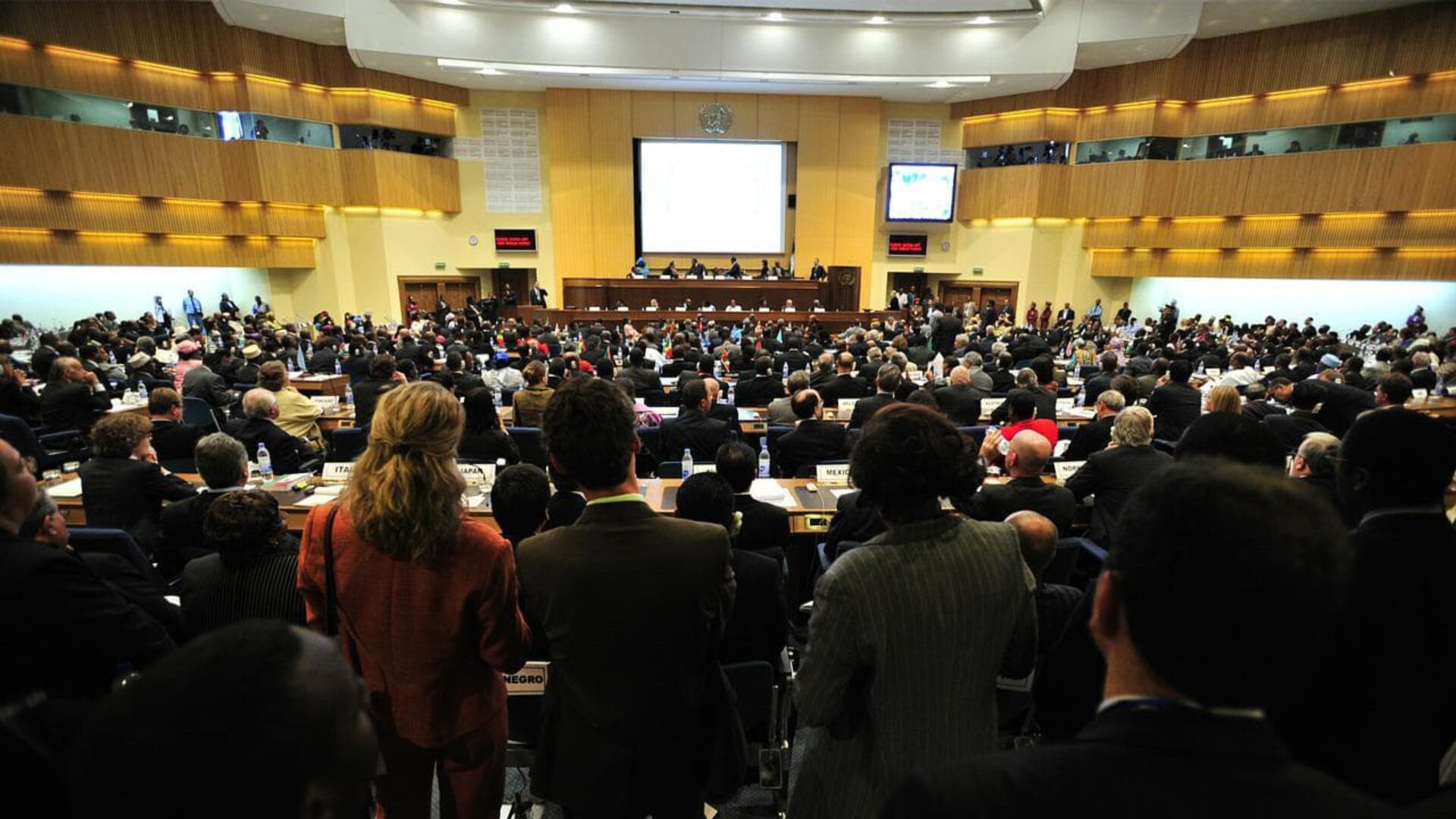
Looking back just a few years, conferences felt simple. You booked a flight, picked up a badge, and either attended in person or missed out completely. Then the pandemic forced everything online and opened a door we didn’t know existed. Today, the most forward-thinking events don’t choose between physical or digital. They weave them together so both happen at once.
What makes this change exciting isn’t just new gadgets or streaming software. It’s the way hybrid conferences uncover what people actually want from professional gatherings. Some elements work best face to face, others thrive online, and the most successful organisers learn which is which.
Building the Technology Backbone
Creating a real hybrid conference takes more than a webcam. Organisers need live streaming without lag, interactive platforms where remote participants can ask questions in real time, and presentation systems that serve both audiences equally well. Behind the scenes, the setup is complex, but to participants, it should feel effortless.
The most advanced systems now include AI that switches camera angles automatically, provides live captions and instant translations, and matches attendees with similar interests regardless of location. Virtual and augmented reality elements are beginning to let remote people feel as though they’ve stepped inside the venue itself.
The entertainment and hospitality industries have brought their showmanship to conferences as well. Venues once used for iGaming, e-sports, or high-end productions now offer hybrid packages with professional streaming studios, virtual lounges, and gamified features that keep people engaged for days. This infusion of expertise has raised production values dramatically, turning what used to be stiff business meetings into premium experiences.
In this environment, participants can even learn better. Take iGaming conferences, for example, this industry is one of the most difficult. So it’s important for sector players to hold conferences regularly, so that they can understand and help each other succeed.
Attendees from the iGaming world know how competitive it is, so hybrid events often borrow ideas straight from their platforms, including reward mechanics such as free spins no deposit bonus challenges that keep people active between sessions.
Some organisers even experiment with small cash no-deposit bonus incentives for remote participants who complete surveys, join Q&A panels, or network.
Designing
Keeping both groups engaged at once is the real test. People on-site enjoy hallway chats, body language cues, and unplanned meetups. People online multitask, access resources instantly, and avoid travel costs.
The smartest organisers don’t force identical experiences. They design complementary ones. Virtual participants might get exclusive Q&A sessions, bonus content, or breakout rooms. In-person attendees might have workshops, networking sessions, or exhibits that justify the trip. Together, these two tracks work toward the same overall goal instead of diluting each other.
Rethinking Networking

Those casual conversations over coffee no longer happen automatically online. Hybrid events have had to invent new ways to connect people across formats.
Some use AI matching to pair attendees by shared interests and then schedule meetings based on how each person is attending. Others run structured activities such as problem-solving labs or industry roundtables, mixing physical and virtual participants. Digital networking requires more deliberate design, but when done well, it can still feel spontaneous, just in a different way.
Opening Doors Wider
Hybrid events have also changed who can attend. Virtual access removes travel costs, letting people from other countries join. Parents who can’t leave home still get professional development. People with disabilities or sensory differences find participation easier.
For organisers, this expanded reach brings new revenue possibilities but also higher upfront investments in technology and logistics. The cost equation is different, yet the inclusivity benefits are hard to ignore. Events designed for accessibility often end up creating better experiences for everyone.
Where It’s All Heading
Hybrid is no longer a stopgap. It is quickly becoming the default. Technology and expectations are evolving together, producing experiments like persistent virtual spaces open between events, blockchain credentials that verify participation across formats, and deeper links with social and professional networks so conversations continue long after the closing keynote.
The most important shift may be how hybrid conferences blend education, networking, and entertainment. Borrowing tactics from gaming, social media, and live shows, organisers are learning how to hold attention over several days and across multiple screens.
The future of professional gatherings is not about choosing between in-person or virtual. It is about weaving them together into experiences that use the strengths of both while serving the diverse needs of a global community.
